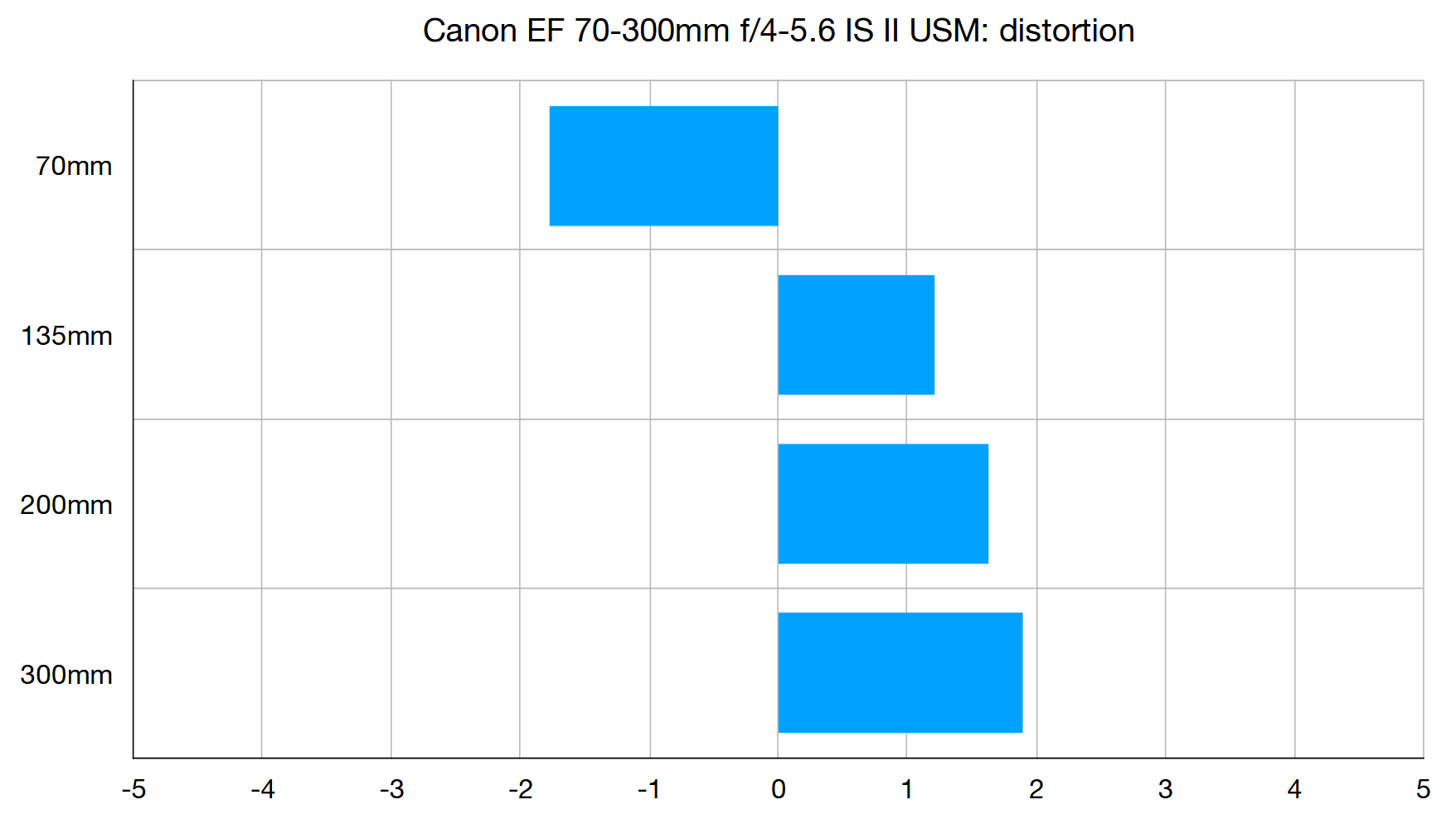Digital Camera World Verdict
The latest and by far the greatest in a long line of Canon budget telephoto zooms for full-frame SLRs, the Mark II represents a major upgrade over the first ‘IS USM’, with much higher-performance autofocus and image stabilization systems, plus a multi-function electronic display. Handling and image quality are impressive, making this fairly compact and lightweight lens a smart buy for both full-frame and APS-C DSLRs.
Pros
- +
Fast and near-silent autofocus
- +
4-stop image stabilizer
- +
Multi-function electronic display
Cons
- -
No weather-seals
- -
‘Optional’ hood is expensive
Why you can trust Digital Camera World
The Canon EF 70-300mm f/4-5.6 IS II USM follows in the footsteps of budget telephoto zooms of the same or similar focal lengths, stretching back to the original EF 75-300mm of 1991. For our money, previous editions have all been good rather than great but this latest edition represents a serious step up in handling and overall performance.
Specifications
Mount: Canon EF
Lens construction: 17 elements in 12 groups
Angle of view: 34-8 degrees
Diaphragm blades: 9
Minimum aperture: f/32-45
Minimum focusing distance: 1.2m
Maximum magnification ratio: 0.25x
Filter size: 67mm
Dimensions: 80x146mm
Weight: 710g
Key features
The Mark II edition of this lens could barely be any more different to its predecessor. As well as a redesigned and upgraded optical path featuring new specialized UD elements, the exterior has a much more modern look and feel and the internals are completely overhauled. The old lens had an autofocus system based on an ultrasonic micro-motor. Compared with the more usual ring-type arrangement, it was clearly audible and rather sluggish in operation. The focus ring and front element also rotated during focusing, which impaired handling and made the use of filters like circular polarizers and ND grads a real chore. There was also no full-time manual override of autofocus.
The new lens features a revolutionary Nano USM autofocus system, which is incredibly rapid for stills, while enabling similarly smooth focus transitions as a stepping motor system for video capture, as well as being almost completely silent in operation. Focusing is now fully internal, so there’s no more rotation of the front element.
The manual focus ring is electronically coupled and enables full-time manual override, but there’s no physical focus distance scale. However the lens does feature a digital information display, with alternative modes for focus distance, focal length and severity of camera shake. You can cycle through these by repeatedly pressing the Mode button. The image stabilizer also gets a revamp, boasting 4-stop effectiveness and auto panning detection. As usual with Canon lenses that aren’t part of the L-series line-up, you need to buy the hood separately, and the genuine own-brand article is pricey in some world regions.
Performance
As advertised, autofocus performance is blazing fast and highly accurate. Overall performance and image quality are highly impressive, the only exception being that corner-sharpness is relatively poor at the short end of the zoom range.
Lab results
We run a range of lab tests under controlled conditions, using the Imatest Master testing suite. Photos of test charts are taken across the range of apertures and zooms (where available), then analyzed for sharpness, distortion and chromatic aberrations.
We use Imatest SFR (spatial frequency response) charts and analysis software to plot lens resolution at the center of the image frame, corners and mid-point distances, across the range of aperture settings and, with zoom lenses, at four different focal lengths. The tests also measure distortion and color fringing (chromatic aberration).
Sharpness:
Levels of sharpness are pretty impressive throughout the entire zoom range, with the exception that edge-sharpness is a little lackluster at the short end.
Fringing:
There’s fairly minimal color fringing at both ends of the zoom range and even less in the middle sector.
Distortion:
The best camera deals, reviews, product advice, and unmissable photography news, direct to your inbox!
Barrel distortion can be a little noticeable at 70mm, and the same goes for pincushion at 300mm, but in-camera corrections are available in current and recent Canon DSLRs.
Verdict
The Canon EF 70-300mm f/4-5.6 IS II USM is a very appealing compact and lightweight telephoto zoom for both full-frame and APS-C format DSLRs, on the latter giving a supersized ‘effective’ zoom range of 112-480mm. It also works well as a lightweight option on EOS R-series mirrorless cameras via an EF-EOS R mount adapter.
Read more:
Best Canon lenses
Best wide-angle lenses for Canon
Best Canon telephoto lenses
Matthew Richards is a photographer and journalist who has spent years using and reviewing all manner of photo gear. He is Digital Camera World's principal lens reviewer – and has tested more primes and zooms than most people have had hot dinners!
His expertise with equipment doesn’t end there, though. He is also an encyclopedia when it comes to all manner of cameras, camera holsters and bags, flashguns, tripods and heads, printers, papers and inks, and just about anything imaging-related.
In an earlier life he was a broadcast engineer at the BBC, as well as a former editor of PC Guide.







